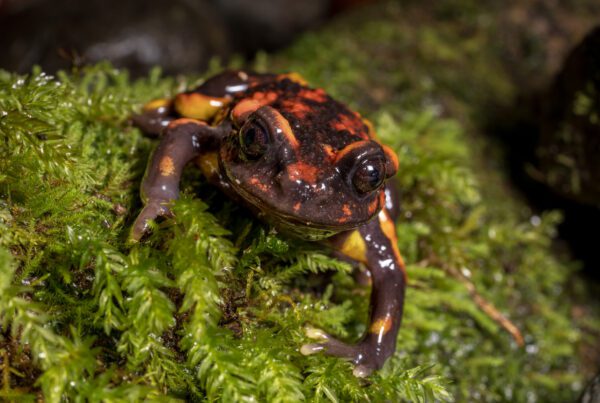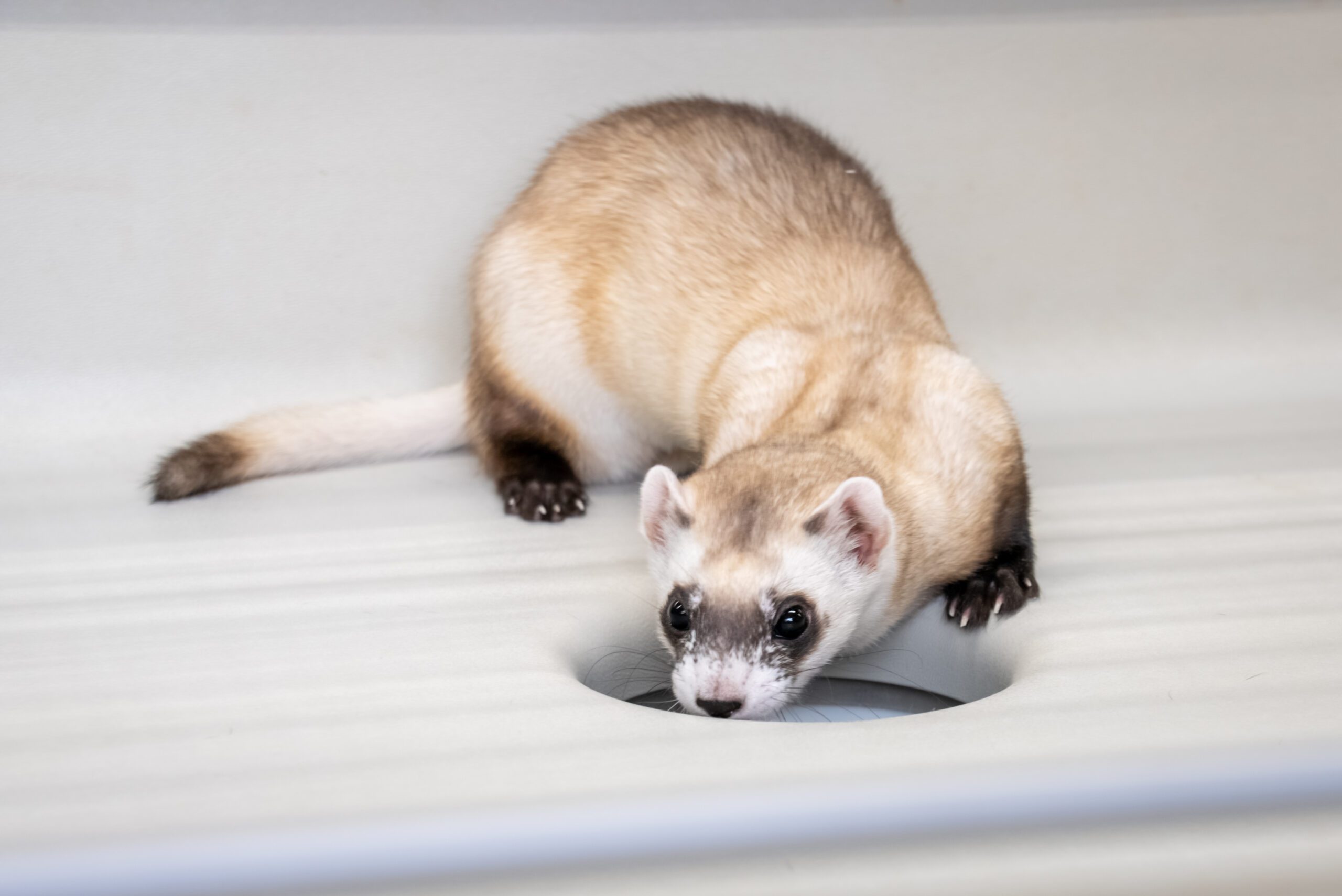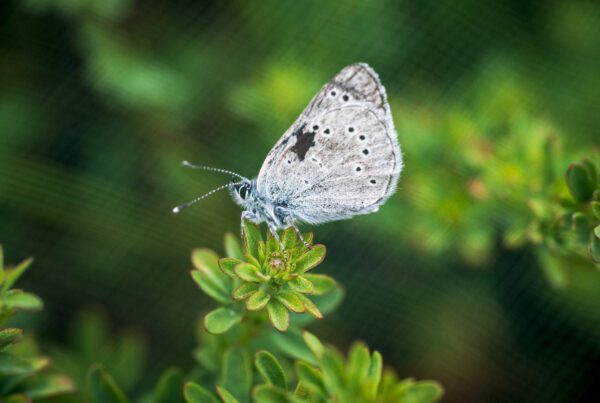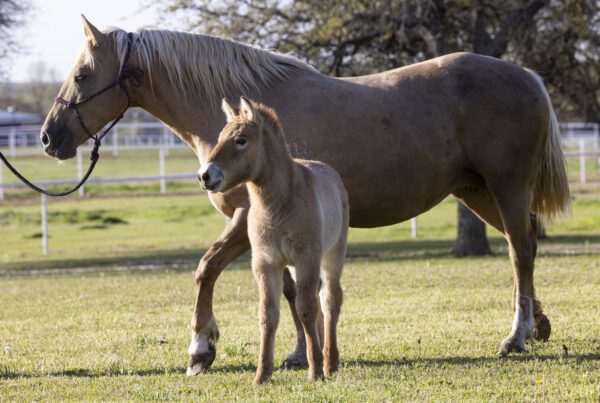The birth of a cloned black-footed ferret named Elizabeth Ann, and her two new sisters, has sparked a new pilot program to preserve the tissues of hundreds of endangered species “just in case”
Story by Cari Shane, Scientific American
From the Article
Elizabeth Ann just became a triplet—at three years old.
This black-footed ferret (Mustela nigripes)—the first endangered species in the U.S. to ever be successfully cloned—was joined late last year by her genetically identical baby sisters Antonia and Noreen, the U.S. Fish and Wildlife Service (FWS) announced Wednesday. All three come from the same cryogenically preserved cell line, obtained from a ferret named Willa, who lived in Wyoming in the 1980s.
As climate change, habitat loss and dwindling food supplies bring ever more endangered species “crashing to the brink,” a successful cloning such as this is a serious game changer, says Ben Novak, head of de-extinction efforts at Revive & Restore, a nonprofit outfit that applies biotechnology to conservation.
Novak’s organization and several other partners are now teaming up with the FWS on a major project to cryogenically store tissue from every endangered species in the U.S., “just in case,” says Seth Willey, a FWS deputy assistant regional director who heads the project’s pilot phase. “It’s an insurance policy against future loss of biodiversity in the wild.”
About the Program
Since 2013, Revive & Restore and its partners have worked to restore genetic diversity in black-footed ferrets through strategic conservation cloning. We welcomed the world’s first cloned black-footed ferret in 2020, and two additional cloned ferrets in 2023. We are simultaneously working to facilitate heritable disease resistance to sylvatic plague – a major threat to recovery in the wild.
More posts in News & Media







